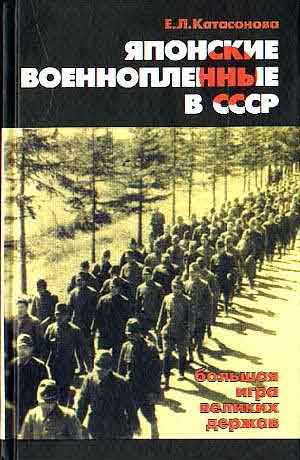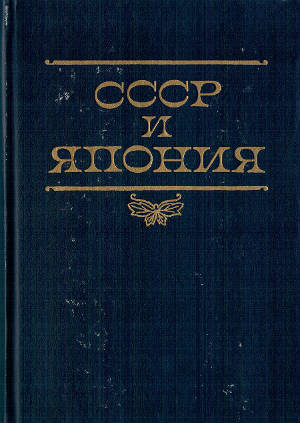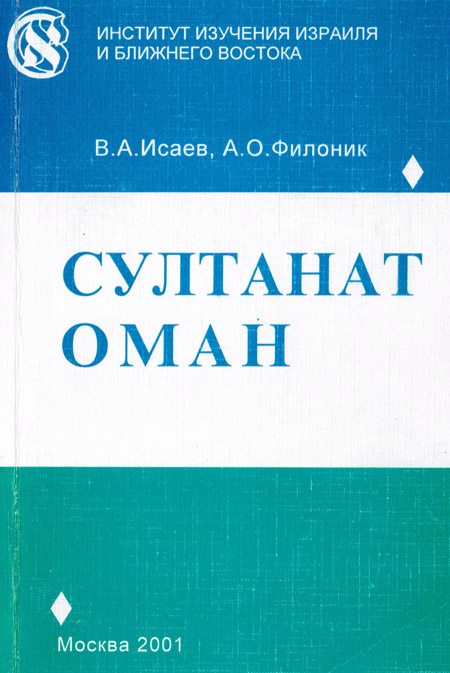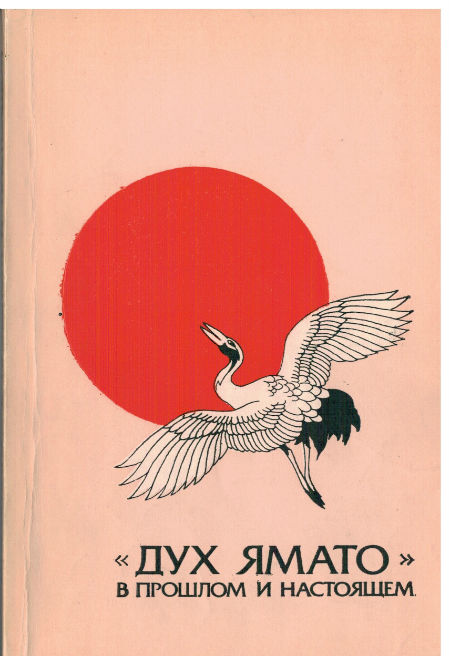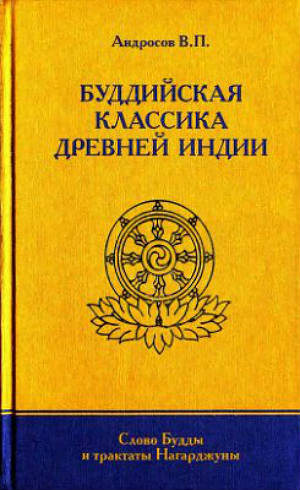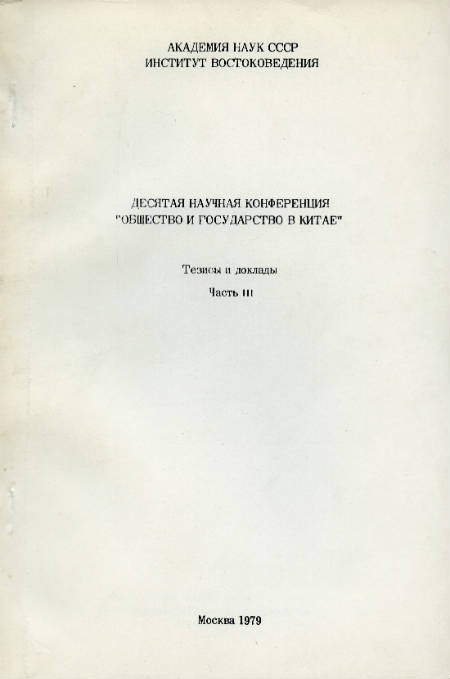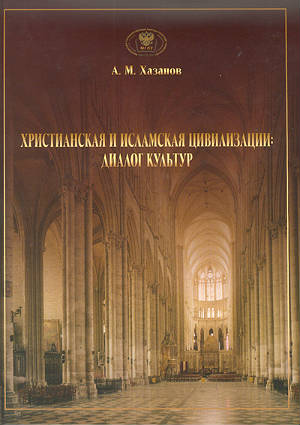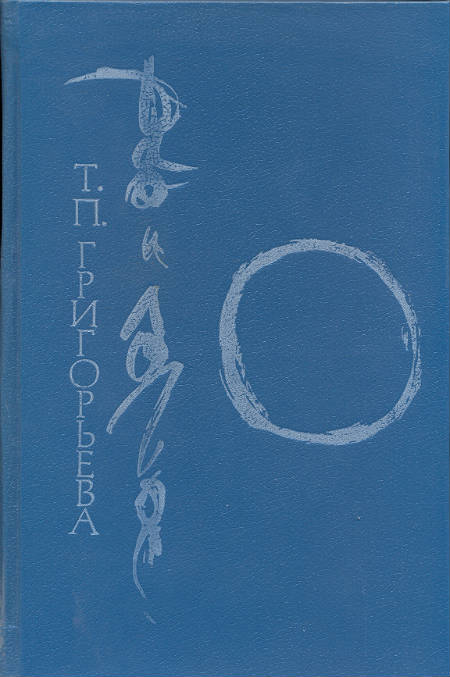Book
Tao and Logos: Cultures Meet
1992, 424 p.
The book constitutes an attempt to take a look at History as an integral Whole from a certain angle and to learn the relationship between the two cultural-historical paradigms which emerged under the influence of two global ideas, Tao and Logos. Surely there must have been something to sustain them for over 2,500 years and make particularly popular nowadays. They are essentially two interlocked aspects of an integral world, traditional models of the world — universal formative principles at the core of cultural codes and intelligent ways of the East and West, Logos and Tao constitute the two aspects of an integral Whole. Logos is the supreme goal of human ascension to Truth and Humanity, a changeover from intelligence to humane intelligence, for mind devoid of humanity wears away. The idea of Tao constitutes a path to the supreme goal, attained through man's correct behaviour and capacity to resonate to the fickle rhythm of his ambience, as formulated by ancient sages in the law of unconflicting existence or as the non-dual model of the world: one yin, one yang is what Tao is about. He who follows this path, goes to Good. To put it differently, Logos and Tao are the goal and the means, which, when consummate, make a single Whole, the one being the requisite of the other, much as are Creativity and Accomplishment.
They would not be thus, if they overlapped substantially and differed functionally: the law of functional asymmetry is what makes them Whole. The dis-. similarity and supplementary of cultural paradigms serve to mutually attract them. While evolving independently, they followed the law of the Whole and were moving closer to reach a harmonious balance at the close of this century. This promises a transition to a new eon more congenial to, man, one dubbed the Nous-sphere by Russian scholar Vladimir Vernadsky. What is needed is for man to wake up to the simple truth that Being is benevolent to him, and trustfully follow its laws.
The dual object of studying appropriately conditioned its integral research method; the author thus was able to avoid a one-sided and plain vision -of History, pinpoint its changeable and immutable attributes, and argue for the law of the whole and its ever changing manifestations. This perspective of History in terms of Tao and Logos gives it an unexpected dimension: the •accent is on the human side of things, ever since the primary structure of consciousness down the millennia to the moral awakening of Personality through trials, on the one hand, and acquisition, fittingly in our century, of universal knowledge, on the other.
The study relies on ancient texts, from Heraclites and Lao-tzu, to unravel the message of Logos and Tao, variable in time, and its influence on human.



